ONE IMAGE A DAY [2016]
GALERIA PINTOR FERNANDO DE AZEVEDO – SOCIEDADE NACIONAL DE BELAS-ARTES [Lisbon, Portugal]
Curated by Mara Silvério
Ana Velez
"Walk as an aesthetic practice", said the Italian architect Francesco Careri [Rome, 1966-].
The beginning of this journey took place in Los Angeles [CA, U.S.A.], at the end of 2014, a city that has became an object of reflection and artistic practice and, consequently, the heart of a personal change. An intimate and documentary account of the act of walking as an aesthetic mean of knowledge, from which space and time are reinterpreted and built memories of a certain place revisited. This project corresponds to the rediscovery of the remains of the largest network of private transports in Southern California from the 1920s: the 'Pacific Electric Railway', also known as the 'Red Car' system. A rail system which was a major center of commercial and cultural attraction, organized from the big cities, Los Angeles and San Bernardino, connecting them with Orange and Riverside.
By using the body and the movement of her steps as a tool of thinking and knowledge, the artist ventures, in a initially strange city for her, through streets, canals, trails and hidden spaces, seeking to read this past and convert it in a contemporary interpretation. From the daily explorations performed were recorded in documentary mode marks of this same reality, having been found from parts of dismantled rails, wires of old electric systems, rusty iron plates, technical operating areas, among other details, that makes these fragments the necessary evidence that the memories of a place are still printed and alive, since we are ready to revive them.
This is a trip designed by Ana Velez, where herself creates an utopian interpretation, of how it would be easier to live and "navigate" through the streets of Los Angeles if a public transport network continued to exist that links all regions of this US state. Through two large and distinct rooms, located in the Galeria Pintor Fernando de Azevedo, her artworks are presented through a single view of what every human can absorb when «exists», which is, «is present» in a place with History and, simultaneously, future. The construction of the individual’s identity is supported by the reality that each one conceives when it merges with the environment which they’re surrounded by, is therefore the formulation of memories from places we [re]visited the true way to access the 'I' of each one, that is, the being from what it once was.
Mara Silvério
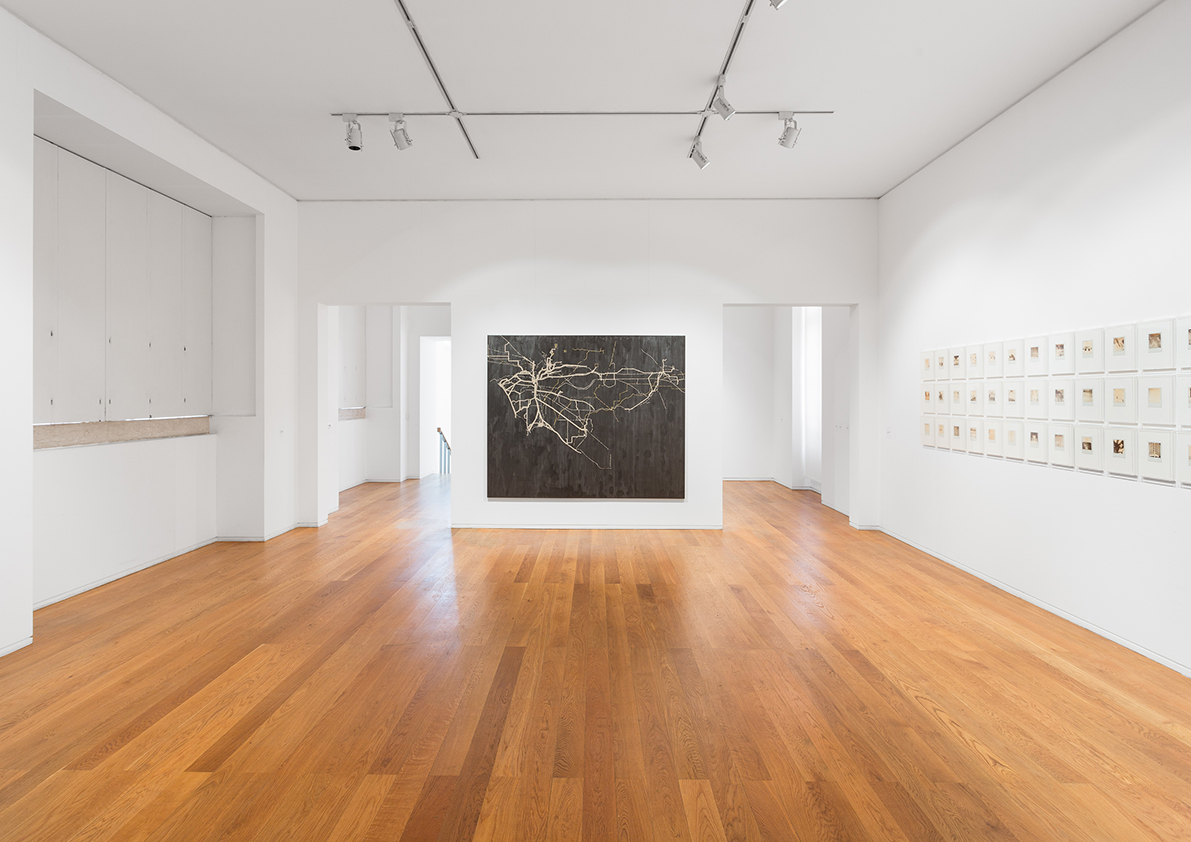
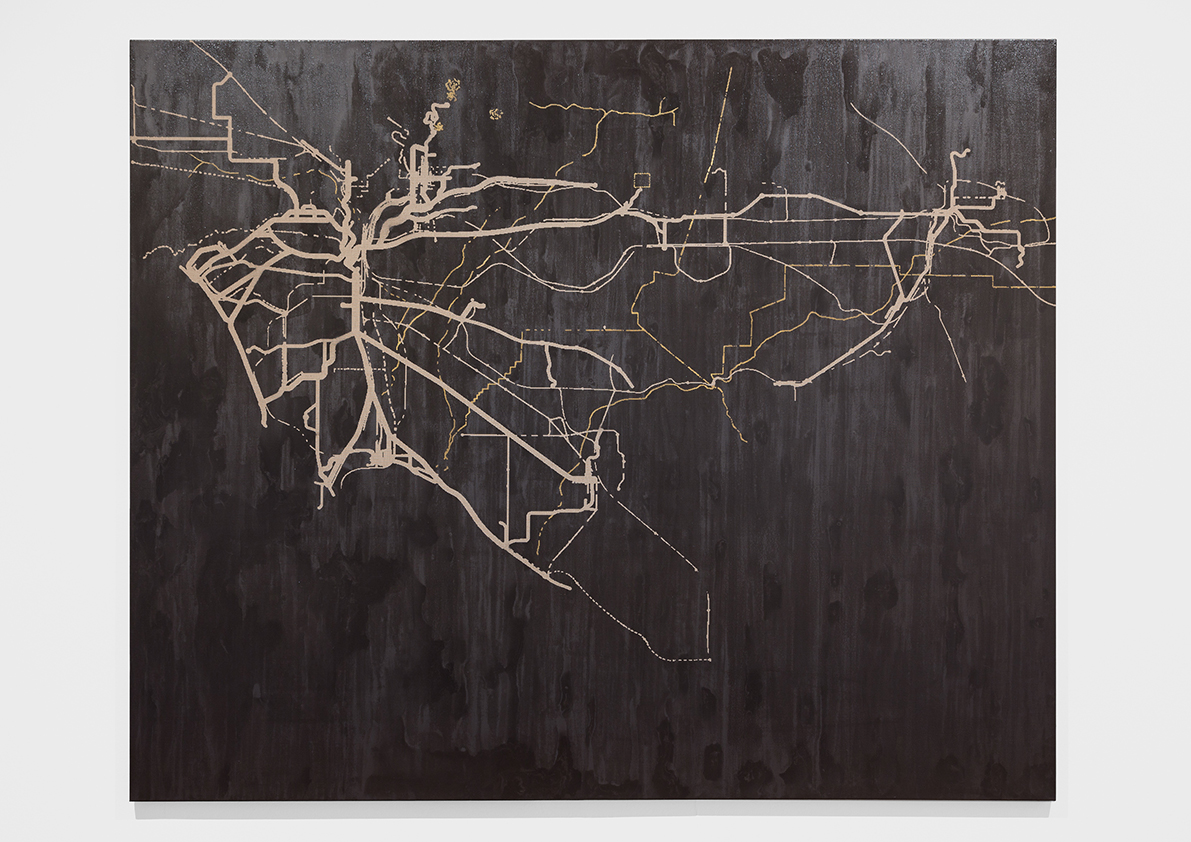
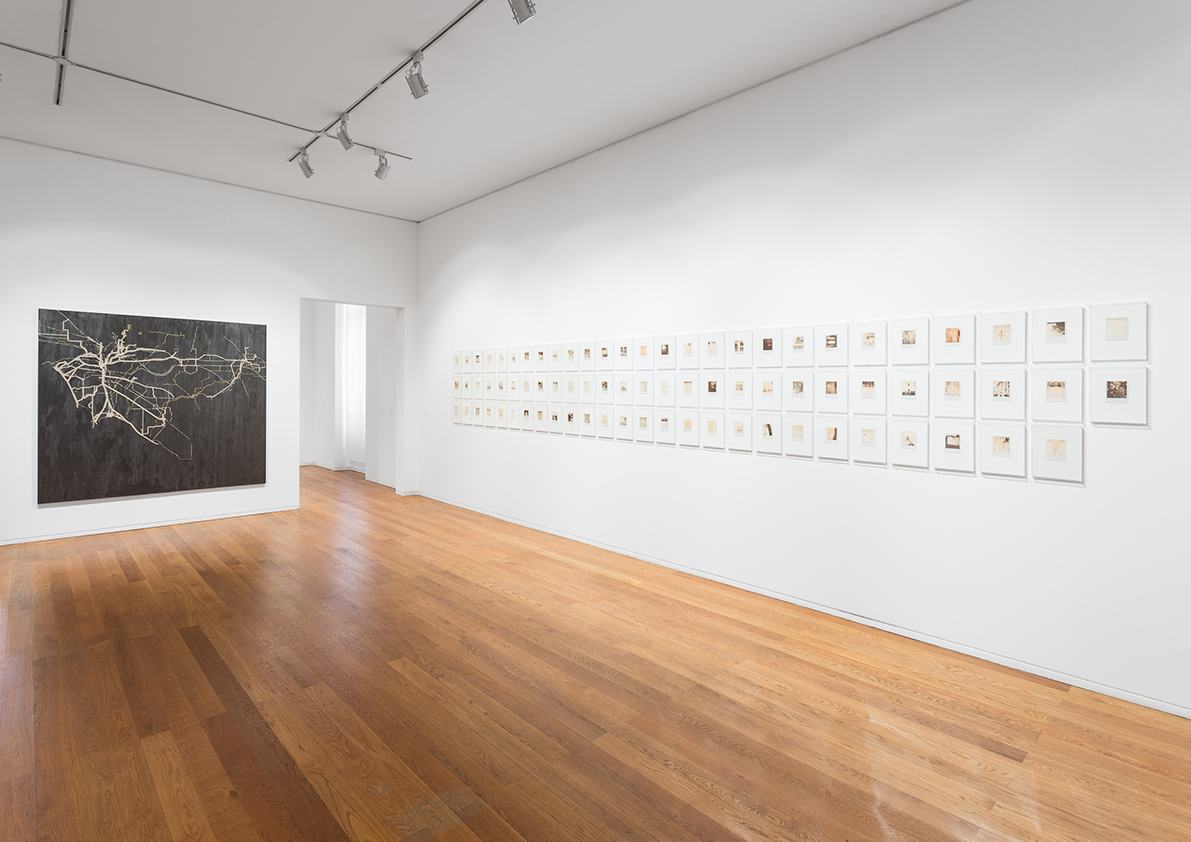

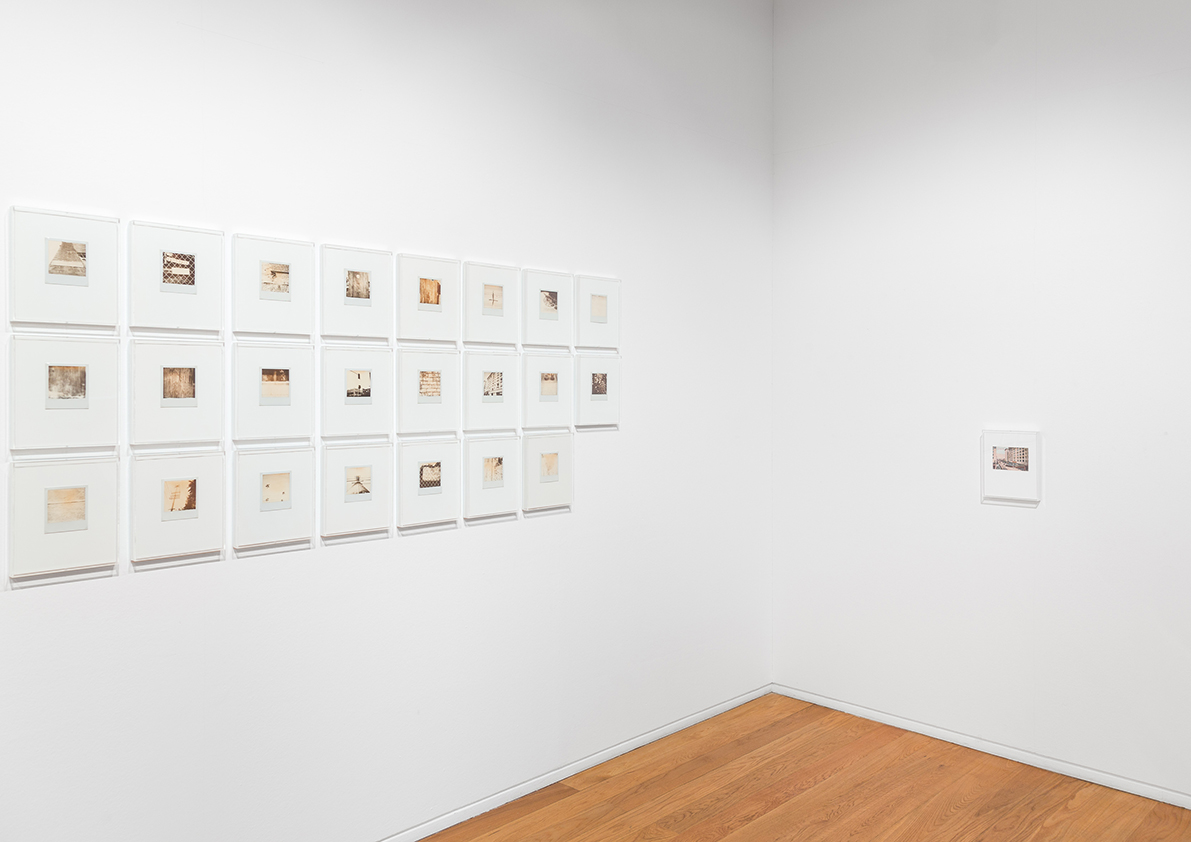



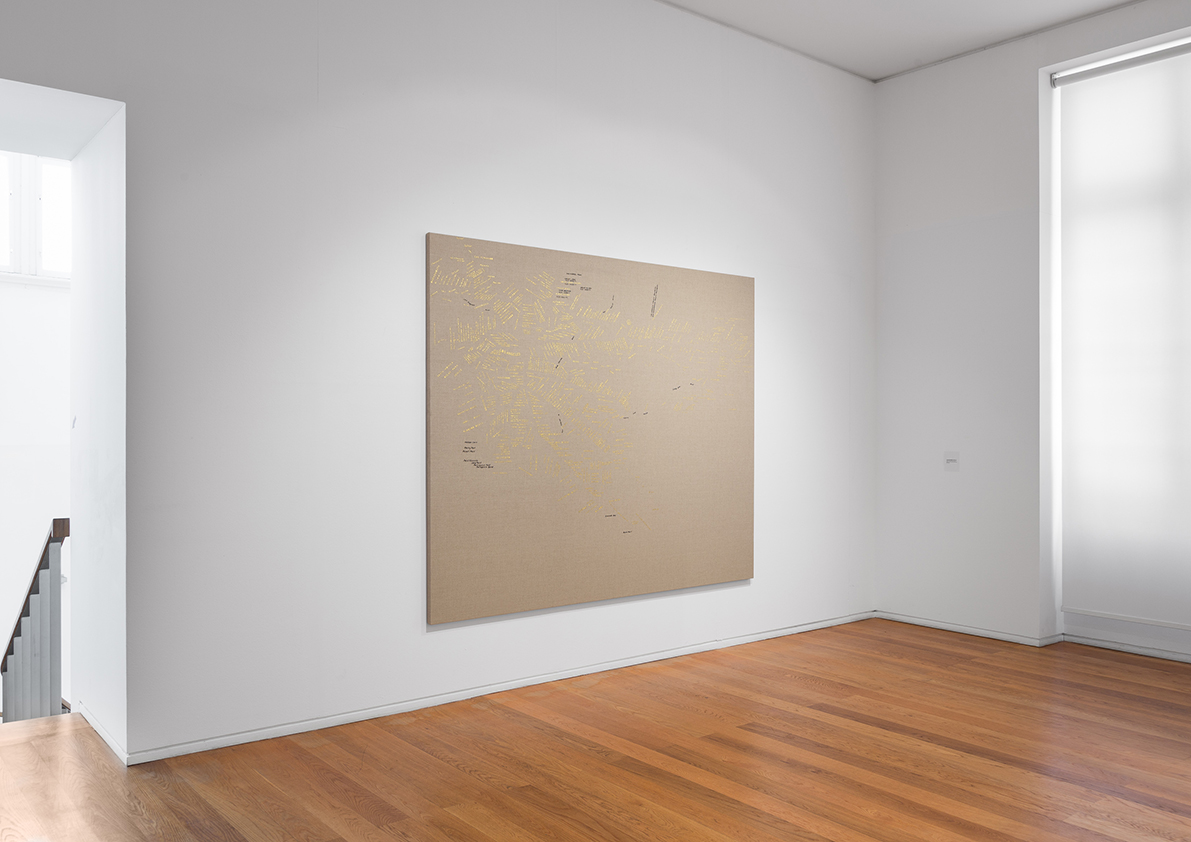




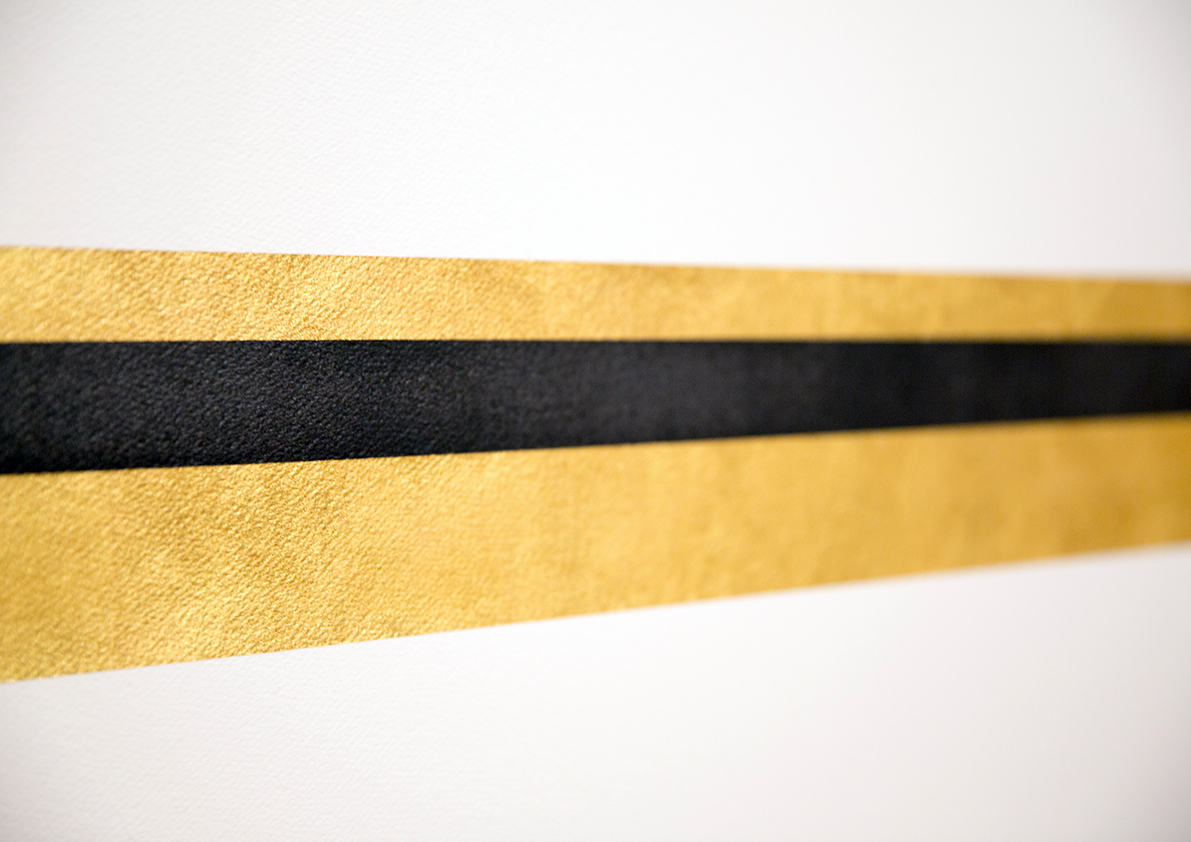



Photos © Bruno Lopes and Herberto Smith